Global warming and climate change is an unfortunate legacy that our children will inherit. They will have to face the challenges, as well as live in a manner which is favorable for the environment. They will have to make choices which might not be as convenient as they were for us. To understand why, and to help them live a green lifestyle, we have to teach them from childhood itself. Teaching children about global warming will help them practice and cope with green living from a tender age. Here are some tips which would help them to know about global warming:
Best tips for teaching children about global warming
Be sure about your facts
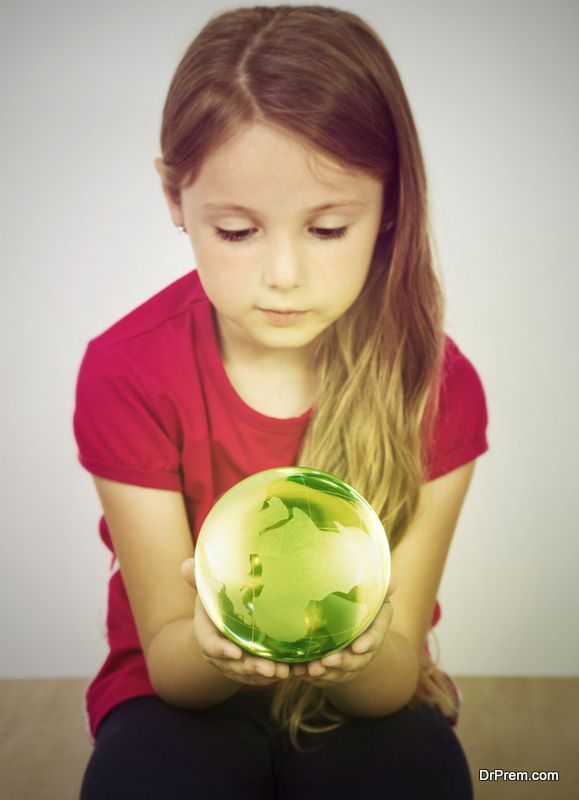
Before you teach what children should know about global warming, you have to learn all the facts yourself. You have to read extensively to know all the facts correctly. There is a lot of misinterpretation and fake news/knowledge on the net. Reading about climate change and global warming from international newspaper sites, NASA sites, podcasts, and observing weather patterns yourself will help you explain global warming to your young children.
The global warming issues which are in the news can also be explained in a simpler manner to children. Teaching children about global warming means you have to have thorough knowledge about the subject. Especially since you know how children come up with tricky questions of their own.
Start with the little things
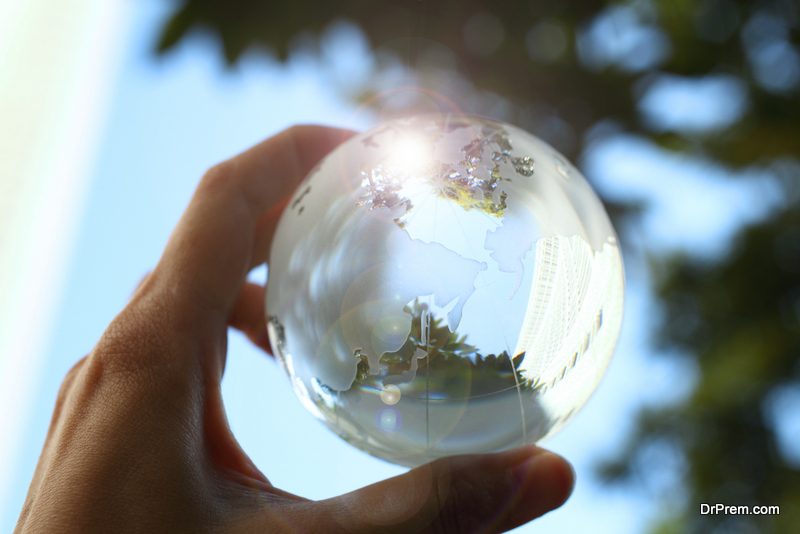
If you’re thinking how to make kids understand about global warming, you should just start small. The science of global warming may be too overwhelming and complex for a little child. Don’t start with the world’s ice melting and the Earth drowning in the ocean waters – you may have to deal with a traumatic fit! Teaching children about global warming entails explaining things which they can observe in things real and close to them. Start by explaining how plants absorb or breathe in the CO2 that we breathe out and the other way round. It would help to explain how humans and trees depend on each other. What children should know about global warming starts from grasping the basic concept of the carbon cycle.
Teach with the help of fun games
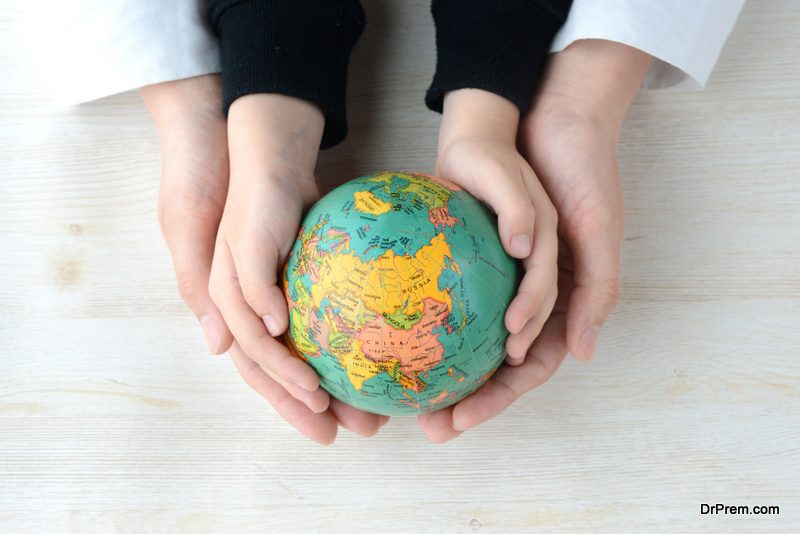 One of the best ways to teaching children about global warming is through games. For example, teach systems which depend on each other by exploring the surroundings around your home. Where does the water come from, which helps the plants and flowers in your backyard to grow? Where about the air that we breathe in? And also why on some days it’s cloudy (explain the smog) and why it doesn’t rain when it should.
One of the best ways to teaching children about global warming is through games. For example, teach systems which depend on each other by exploring the surroundings around your home. Where does the water come from, which helps the plants and flowers in your backyard to grow? Where about the air that we breathe in? And also why on some days it’s cloudy (explain the smog) and why it doesn’t rain when it should.
Global warming issuesneed to be taught in a way that children can relate to. They should be able to understand that whether they live in the city, near forests, or sprawling suburbs, the environment is not somewhere far away, but it is just where one lives – indoors and outdoors. For most children, (and grown-ups), it is difficult to understand global warming or climate change because the place where they live is pretty perfect, or seemingly so. As in some parts of the world, where there are no noticeable changes in the weather or climate, children may find it hard to understand when you’re teaching children about global warming.
Explain the history
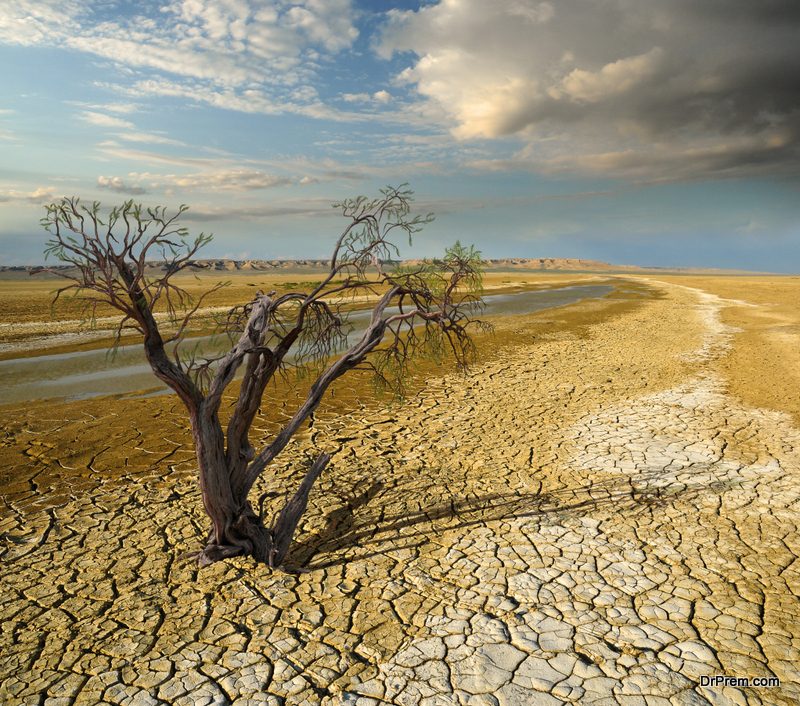
Children should know what had happened in the past that raised the temperature of the Earth to such a huge extent.You will have to explain the importance of maintaining the balance of carbon in the atmosphere. The processes which capture carbon from the atmosphere as well as those which ‘sink’ or remove carbon from the atmosphere need to be explained to the child.
Then, you can explain how this balance was maintained till the time the Industrial revolution started. This is when industries as well as their products started using fossil fuels. When these fuels were burnt, they released extra carbon into the air. This kept on increasing over 200 years, till the natural processes were unable to ‘sink’ it. Nature could not remove the extra carbon as forests were cut down by humans.
Children may find it easier to understand if they listen to stories narrated by their grandparents. Even elderly neighbors may explain how much colder it was in winter when they were young. This might help the kid/s to have a second hand experience of real events. Besides, instead of books or the net, listening to things from people they trust will have a deeper effect.
Children can be told that now, due to human activities, there is so much carbon in the air that it is going to be very tough – but not impossible – to remove it. The carbon in the environment is like a warm blanket which is covering the Earth and making it warmer.
Explain what kids and grownups should do
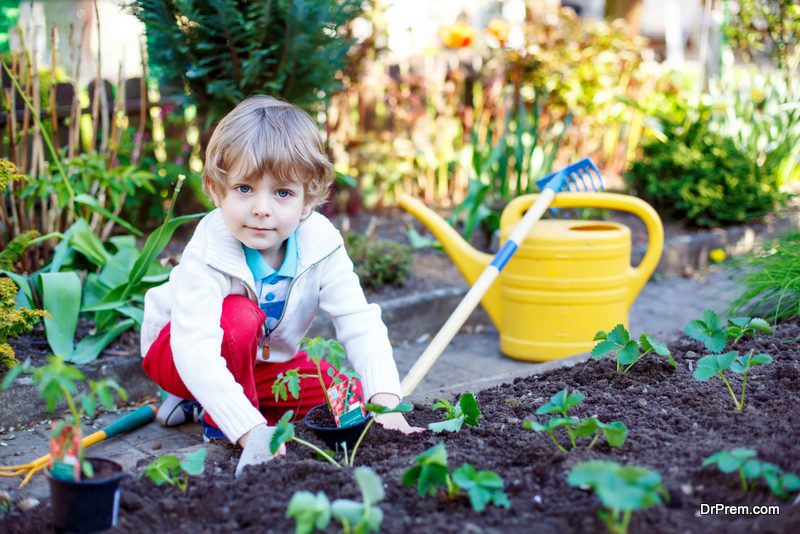
Your kids might be scared about the whole ‘climate change’ phenomenon. To assuage their fears and to make them feel empowered, you must help him/her to take positive action.
How to make kids understand about global warming – instill the theory with practical actions. They can plant trees, start an organic vegetable garden, switch off lights and fans when not in use, reduce water wastage, and so on.
You could help your children to write letters to key decision makers in the government, urging them to take important decisions which are friendly to the environment.
Set an example – reduce your carbon footprint. When visiting the zoo or the corner store, use public transport.
Teach them ‘slow but steady always wins’
 Inspire your children by sharing success stories. They would be happier and more enthusiastic to carry on helping the environment. For example, the ozone level in the air which had reached dangerous levels, is being brought under control by a global joint level. Talk to them about communities, NGOs, etc. who are working to curb emissions and working to make the planet green again.
Inspire your children by sharing success stories. They would be happier and more enthusiastic to carry on helping the environment. For example, the ozone level in the air which had reached dangerous levels, is being brought under control by a global joint level. Talk to them about communities, NGOs, etc. who are working to curb emissions and working to make the planet green again.
Kids like to follow other kids and there are many kids’ organizations that organize ecofriendly activities. Just sitting down once and explaining is not enough – you have to live an ecofriendly life constantly in order to instill in them the knowledge, methods, and ways to combat global warming.



